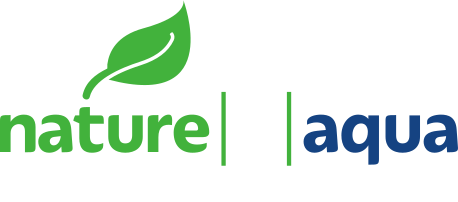Hochwertiges Aquaristikzubehör
-
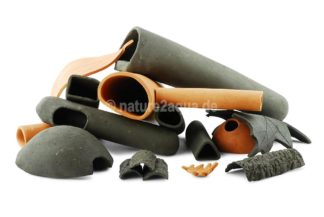
Alles aus Ton für Aquarien & Terrarien
-
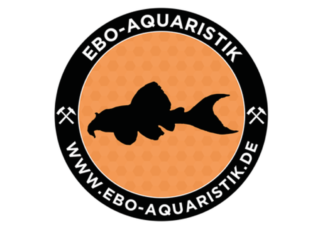
EBO Foods (EBO Aquaristik) - Premium Fischfutter
-
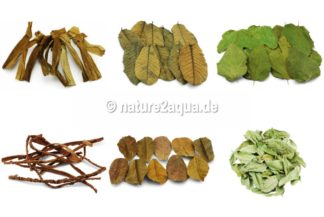
NATURDO - Produkte aus der Natur fürs Aquarium
-
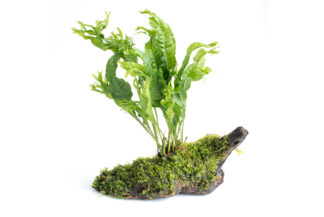
Wasseraufbereitung - Wasserpflanzenpflege - Wasserpflanzendünger
-
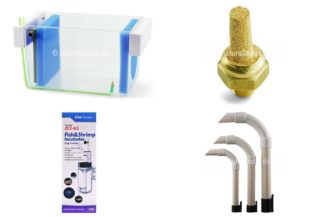
TEKNIDO - Luftheber, Inkubatoren, Einhängekästen, Ausströmer...
-
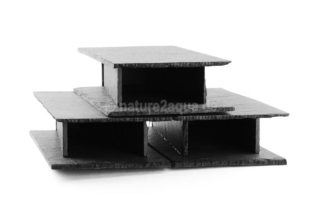
Schieferhöhlen - Welshöhlen aus Schiefergestein
-
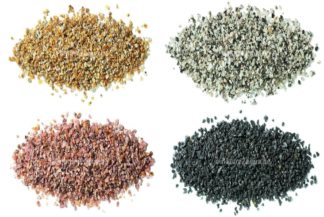
GRANOFLOUR® Natursande - Aquariensande aus reinem Hartgestein
-
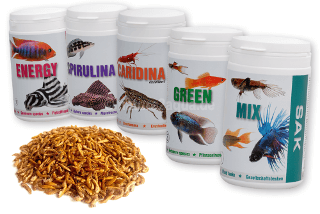
SAK-Futter + Gammarus
-
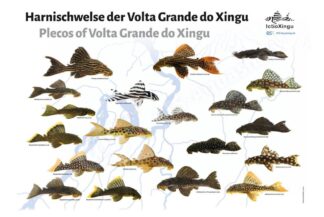
Dekoratives für den Aquarianer
-
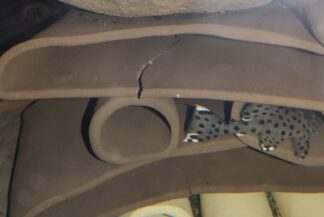
Schnäppchenecke & Unikate
